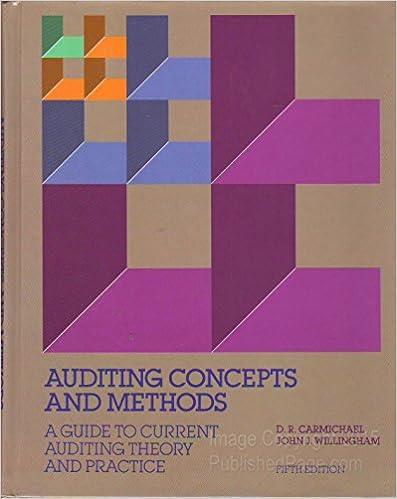The price of pork Figure 1: Wholesale pork prices in China (RMB per kg) RMB/kg 30 25 20 whe 15 10 5 0 2004 2005 2006 2007 2008 2009 2010 2011 2012 2013 2014 * RMB (renminbi) is the official currency of mainland China Extract 1 Pork prices are falling in China, the world's largest pork market Chinese food inflation was 2.7% year-on-year in March 2013, down from 6% year-on-year the previous month, partly caused by a 5.5% decline in pork prices. Chinese consumers traditionally spend a high proportion of their income on pork. Pork prices have been falling since the start of 2013. Bank of America's Ting Lu expects pork prices to stay weak until mid-2013 for three key reasons: the stock of breeding sows (female pigs) has been at a historically high level since September 2012: com prices have declined, and corn is an important feed grain for pigs; there have been no recent swine (pig) flu outbreaks in China. However, pork prices are predicted to rise when demand starts climbing in August 2013. Fortunately, in recent years the Chinese govemment has put more emphasis on stabilising pork supply. It has also started buying frozen pork at prices slightly above the market price for its national pork reserve (which operates like a buffer stock scheme) to help support prices and prevent further damage to farmers' incomes. The oversupply of pigs is expected to continue for a period of time. unless there is a swine flu epidemic among the pig population Extract 2 Pork consumption and production More people are consuming beef, pork, and chicken than ever before. "Meat consumption will continue to increase, especially in rural China." said Qingbin Wong, an economics professor at the University of Vermont, "When people have more income, they will eat more meat, especially pork." To meet this increased demand, the United Nations Food and Agriculture Organisation (FAOpredicts that nearly twice as much meat will be produced in 2050 than in 2008, reaching a projected total of more than 465 million tons. The effects of the meat boom on the world's climate could be significant Already, livestock are responsible for 18% of carbon dioxide emissions and 37% of global emissions of methane, a greenhouse gas 20 times more damaging than carbon 10 dioxide. Meat production also requires ample water resources. An average adult pig requires 50 litres per day on an industrial form. Most of this water returning to the environment is polluted. 1. With reference to figure 1 and Extract 1, explain why there was 'a 5.5% decline in pork prices in March 2013. Use a supply and demand diogram in your answer. (5) 2. Examine the likely impact on restaurants in China of a swine fu epidemic reducing the stock of pigs in Chinese forms. (8) 3. With reference to Extract 2. assess whether pork is a normal or an interior good. (12) 4. Using the concept of external costs, discuss the possible economic effects of meat production 'reaching a projected total of more than 465 million tons' by 2050 (Extract 2 line 7). Use an appropriate diagram in your answer. (15) ok Pro








